Photo Gallery for Clepsis peritana - Garden Tortrix | 303 photos are available. Only the most recent 30 are shown.
|
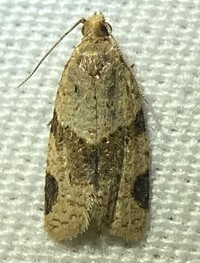 | Recorded by: Dean Furbish on 2024-11-18
Wake Co.
Comment: | 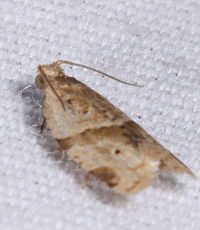 | Recorded by: John Petranka on 2024-11-05
Orange Co.
Comment: |
 | Recorded by: Jim Petranka on 2024-10-25
Madison Co.
Comment: | 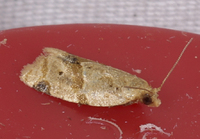 | Recorded by: John Petranka on 2024-10-06
Orange Co.
Comment: |
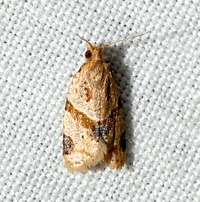 | Recorded by: David George, Jeff Niznik on 2024-09-21
Chatham Co.
Comment: | 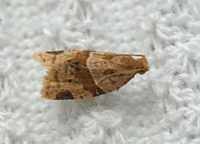 | Recorded by: Chuck Smith on 2024-09-08
Davidson Co.
Comment: |
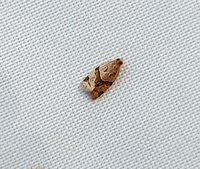 | Recorded by: Mark Basinger on 2024-09-06
Wilson Co.
Comment: | 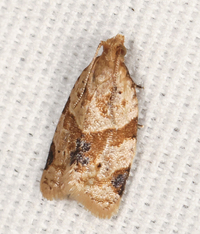 | Recorded by: John Petranka on 2024-09-04
Orange Co.
Comment: |
 | Recorded by: Lenny Lampel on 2024-08-29
Union Co.
Comment: | 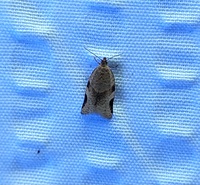 | Recorded by: Mark Basinger on 2024-08-08
Mitchell Co.
Comment: |
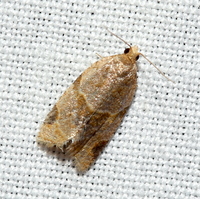 | Recorded by: David George, Jeff Niznik, Kevin Bischof on 2024-08-07
Transylvania Co.
Comment: | 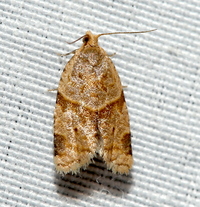 | Recorded by: David George, Jeff Niznik on 2024-08-05
Transylvania Co.
Comment: |
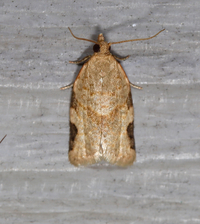 | Recorded by: Jim Petranka on 2024-08-04
Madison Co.
Comment: | 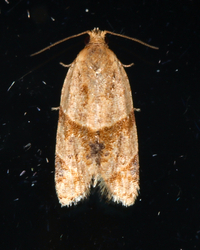 | Recorded by: Jim Petranka on 2024-08-01
Madison Co.
Comment: |
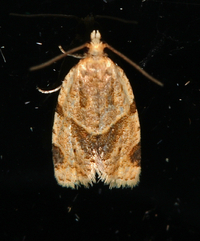 | Recorded by: Jim Petranka on 2024-07-31
Madison Co.
Comment: | 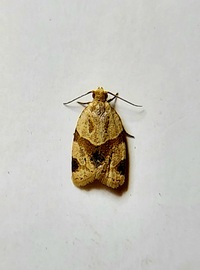 | Recorded by: Mark Basinger on 2024-07-14
Brunswick Co.
Comment: |
 | Recorded by: Stephen Dunn on 2024-06-25
Orange Co.
Comment: | 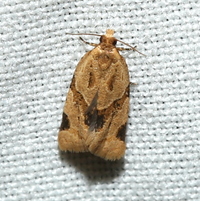 | Recorded by: David George, Stephen Dunn, Jeff Niznik, Patrick Coin on 2024-06-22
Chatham Co.
Comment: |
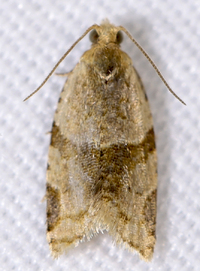 | Recorded by: John Petranka on 2024-06-19
Watauga Co.
Comment: | 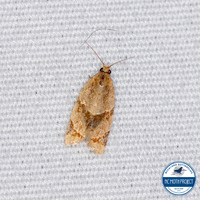 | Recorded by: Lior S. Carlson, Dean Furbish on 2024-06-17
Lincoln Co.
Comment: |
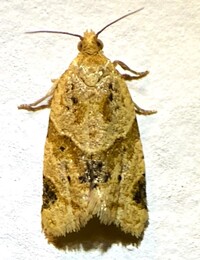 | Recorded by: Dean Furbish on 2024-06-11
Wake Co.
Comment: | 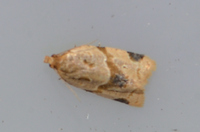 | Recorded by: Hunter Phillips on 2024-06-07
Onslow Co.
Comment: |
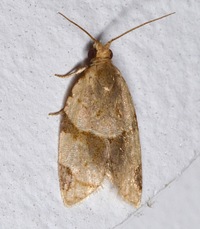 | Recorded by: Stephen Dunn on 2024-05-30
Orange Co.
Comment: | 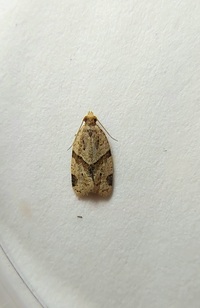 | Recorded by: Mark Basinger on 2024-05-25
Brunswick Co.
Comment: |
 | Recorded by: David George, Jeff Niznik on 2024-05-25
Chatham Co.
Comment: | 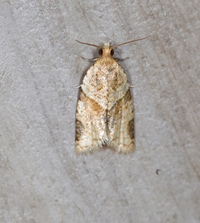 | Recorded by: Jim Petranka on 2024-05-20
Madison Co.
Comment: |
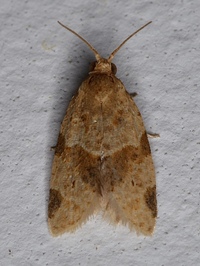 | Recorded by: Stephen Dunn on 2024-05-20
Orange Co.
Comment: |  | Recorded by: Mark Basinger on 2024-05-15
Buncombe Co.
Comment: |
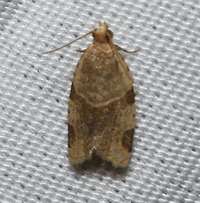 | Recorded by: David George, Rich Teper on 2024-05-13
Chatham Co.
Comment: | 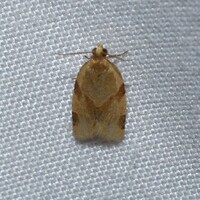 | Recorded by: Jeff Niznik on 2024-05-13
Madison Co.
Comment: |
|